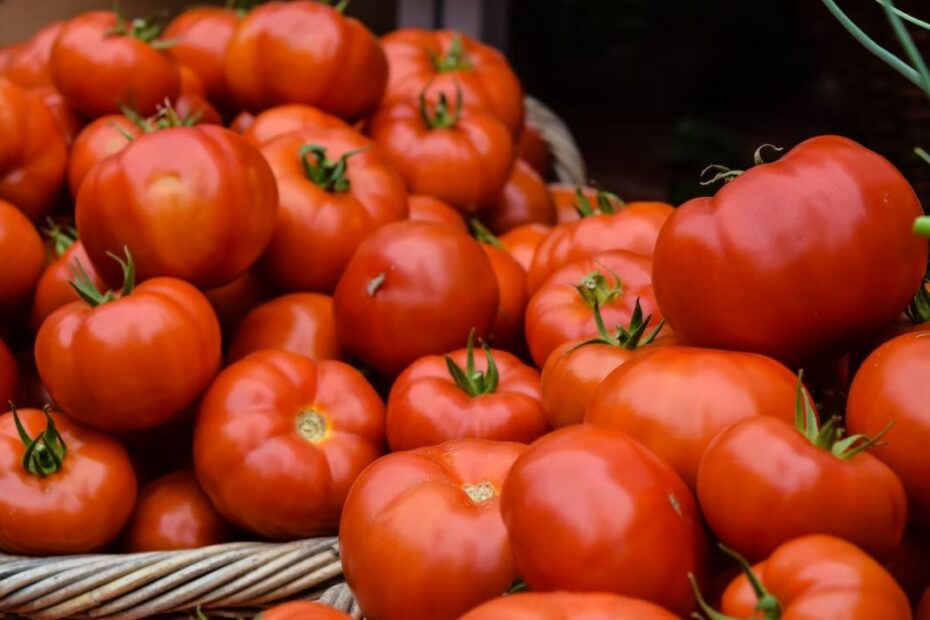Tomatoes are a popular garden vegetable that can be grown in almost any backyard. However, if you’re looking to grow giant tomatoes, you’ll need to follow some specific techniques to get the best results. In this article, we’ll go over some tips on how to grow giant tomatoes.
Step 1: Choose the Right Variety of Tomato
Choosing the right variety of tomato is essential to growing giant tomatoes. Look for varieties that are known for their large fruit size, such as Beefsteak, Brandywine, or Mortgage Lifter. These varieties have a higher potential for producing giant tomatoes.
Step 2: Prepare the Soil
Tomatoes grow best in well-draining, fertile soil that is rich in organic matter. Before planting, amend the soil with compost, aged manure, or other organic fertilizers to improve soil health and nutrient availability. Ensure the soil pH is between 6.0 and 7.0 to optimize tomato growth.
Step 3: Plant the Tomato
Plant your tomato seedlings in a location that receives at least six hours of direct sunlight each day. Dig a hole that is slightly larger than the root ball and plant the seedling deep into the soil. Burying the stem will encourage the tomato plant to develop a strong root system.
Step 4: Water Consistently
Tomatoes require consistent moisture to grow well, so ensure the soil remains evenly moist throughout the growing season. Water deeply once or twice a week, depending on the weather conditions, and avoid getting water on the leaves to prevent fungal diseases.
Step 5: Provide Support
Giant tomato plants need support to keep their heavy fruit off the ground. Provide a trellis or stake to keep the tomato plant upright, and tie the branches to the support as the plant grows.
Step 6: Prune the Tomato Plant
Pruning the tomato plant is essential to encourage the growth of giant tomatoes. Pinch off any suckers that develop in the axils of the leaves to encourage the plant to put its energy into growing fruit.
Step 7: Fertilize Regularly
Giant tomato plants require a lot of nutrients to support their growth. Fertilize the plant regularly with a balanced fertilizer that is high in phosphorus and potassium to encourage fruit development.
Step 8: Monitor for Pests and Diseases
Tomato plants are prone to pests and diseases that can affect fruit development. Monitor your plants regularly for signs of pests or disease, and take appropriate measures to control the problem before it gets out of hand.
In conclusion, growing giant tomatoes requires careful planning and attention to detail. By choosing the right variety, preparing the soil, providing support, pruning, and fertilizing regularly, you can grow giant tomatoes that are sure to impress. Don’t forget to monitor for pests and diseases and take appropriate measures to control them. By following these tips, you’ll be well on your way to growing giant tomatoes that will be the envy of your neighborhood!
